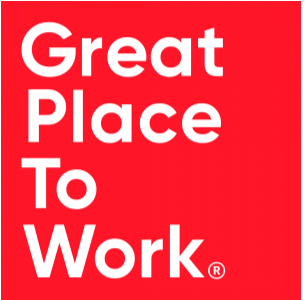A Great Place to Work

The online platform is dedicated to inform employers how they can ensure that their company is a great place to work for employees. It includes a blog section, a learning hub and also showcases of best practice employers. Furthermore, they offer competitions and certifications of “great places to work”.
The OER offers a range of different methods, such as:
- A blog section with brief and targeted articles about current topics to improve the workplace culture (which almost always also impacts the well-being of employees).
- A learning hub including:
- Downloads and Publications
- FAQ
- Employer Branding
- Company Culture
- Employee Survey
- Employee Experience
- WBL/Apprentices & attractive WBL Providers
- Recruiting
- Skilled Worker Shortage
- Agility
- Leadership
- Sustainable Businesses
- Millennials & Generation Z
- Diversity, Inclusion, Equality
- Best Practice Examples of Employers in various categories
- Events
- Services & Solutions to become a great place to work
Step 1: Go to https://www.greatplacetowork.at and choose your country in the top-left corner. The website will redirect you to your country specific page presented in the national language.
Step 2: Get informed about the opportunities of “Great Place to Work” in your country – there are some differences between countries.
Step 3: Take a look at the best practice examples from your country and get inspired by what they are doing right.
Step 4: Find the OER part of the platform – the different country versions have different names for it, but there is a dedicated section in each of the language versions. Try to look for a learning hub, downloads, great content, and resources.
Step 5: Choose the learning content that is most interesting to you and deduct concrete steps for implementation in your company.
Step 6: Check to see what is needed to nominate your workplace as a “great place to work” and analyse if your workplace qualifies. If you like, nominate your workplace in one of the offered categories.

Funded by the European Union. Views and opinions expressed are however those of the author(s) only and do not necessarily reflect those of the European Union or the European Education and Culture Executive Agency (EACEA). Neither the European Union nor EACEA can be held responsible for them.
Project Number: 2022-1-ES01-KA220-VET-
